Atlanta Hawks Draft Preview: Alondes Williams

The 2022 NBA Draft is less than three weeks away, and the Atlanta Hawks have their work cut out for them. The Hawks have the 16th and 44th overall picks with several intriguing prospects to evaluate. Recently, we began evaluating possible second round selections with former Memphis Tigers guard Josh Minott. Today we focus on former Wake Forest Deamon Deacon Alondes Williams.
Vitals
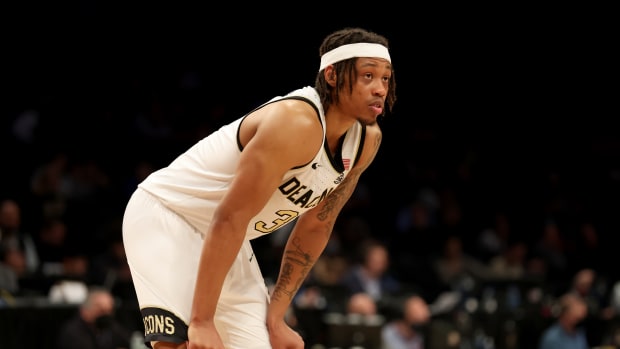
Alondes Williams
Position: Shooting Gaurd
Height: 6’5”
Weight: 210
Age: 22
Class: Senior
School: Wake Forest
Why Williams
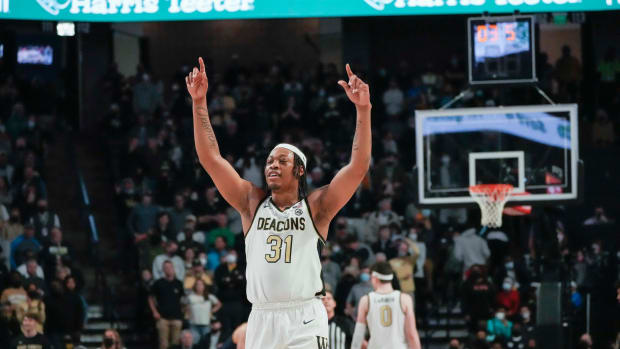
Should the Atlanta Hawks take the somewhat off-beaten path with their 16th overall pick and choose to select a small forward, power forward, or even a center, it would definitely be wise of them to then allocate their second-round pick toward a combo guard talent that can elevate their backcourt with Trae Young.
Although there are a handful of better options at the guard position that the Hawks could target in the first round, Alondes Williams makes for a viable second-round choice and brings an exciting range of versatility on both sides of the ball.
ALONDES WILLIAMS 🔨💥 pic.twitter.com/cdtXpfB6px
— SportsCenter (@SportsCenter) January 13, 2022
Williams did run the offense at Wake Forest at the point, which makes him a great depth piece as well should anything happen to Young. But because of his big frame and height to go along with his ability to score the basketball in so many different ways, Williams can play at the two as well and prove to be a great asset off the bench.
Offense
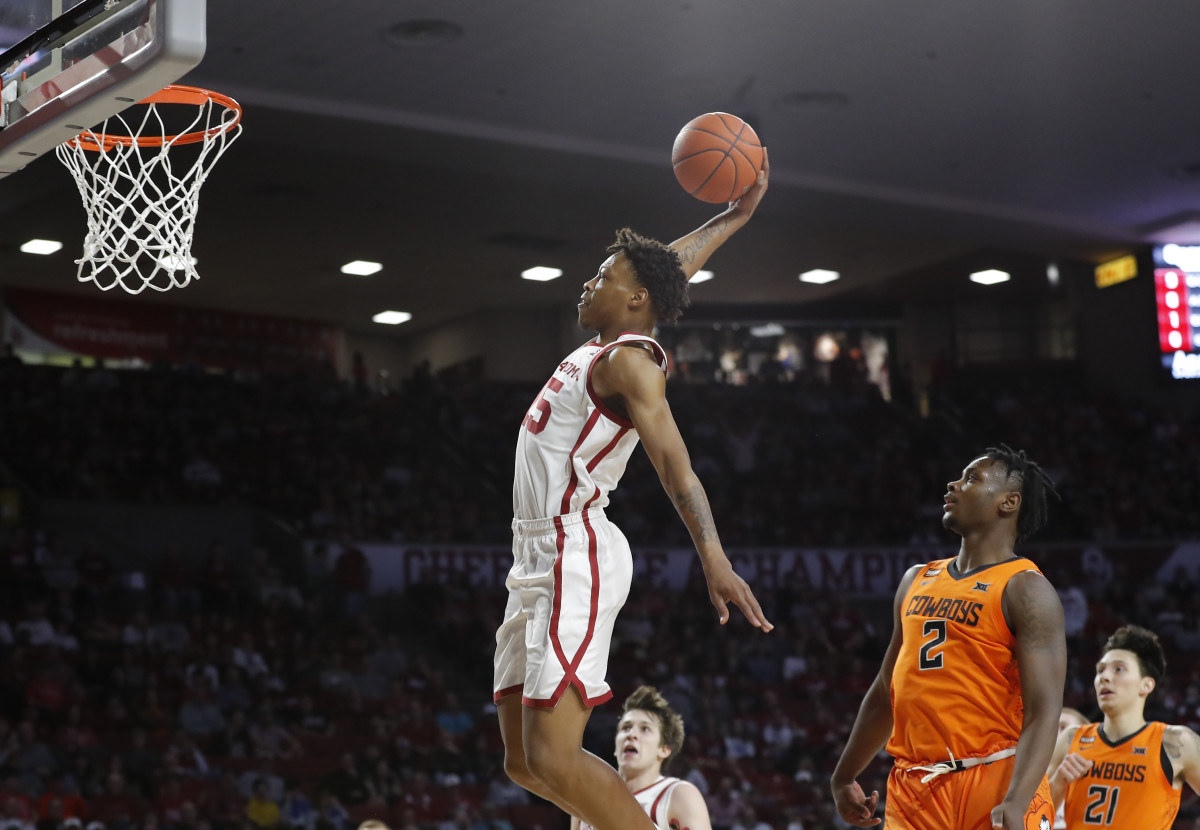
What’s quite fascinating about Williams' offensive talent, is how he transformed it into the scoring-playmaker threat he came to be at Wake Forest. Starting his collegiate career at a Division II school called Triton College, it wasn’t until his junior year that Williams transferred to Oklahoma to play Division I basketball. During his junior and senior years as a Sooner, Williams started a total of 24 out of the 55 games he played there, only averaging 6.3 points, 2.3 rebounds, and 0.9 assists in 17.5 minutes per game, hardly showing much draft stock, if any, by the end of his senior campaign.
As a result, Williams chose to opt for an additional year of eligibility, which led him to transfer to Wake Forest to compete in a challenging ACC division. But as soon as he joined the Demon Deacons, Williams put forth an outstanding performance and highlighted just how talented he can be. In all 35 games started for Wake Forest, Williams scored 18.5 points per game on 50.7% shooting from the field, tallied 6.4 rebounds, 5.2 assists, and 1.2 steals as well. Because of his sensational season, Williams was named ACC Player of the Year and was elected to the All-ACC First Team as well. What he was able to accomplish in his final season was nothing short of incredible and immediately put him into the draft conversation.
Possessing such a big yet strong, athletic frame, Williams has a similar playmaking style to that of Cade Cunningham, particularly with his ability to score around the rim and from mid-range, deliver beautiful, thread-the-needle-like passes to open teammates in the paint or on the wing, as well as crash the glass and provide sharp on-ball defense across the perimeter. Williams’ complete play led him to secure Wake Forest’s second triple-double in franchise history when he had 16 points, 14 rebounds, and 10 assists against South Carolina Upstate. To add to it, Williams was also able to collect four double-doubles and dropped 32 or more points three different times in his final collegiate season.
Defense
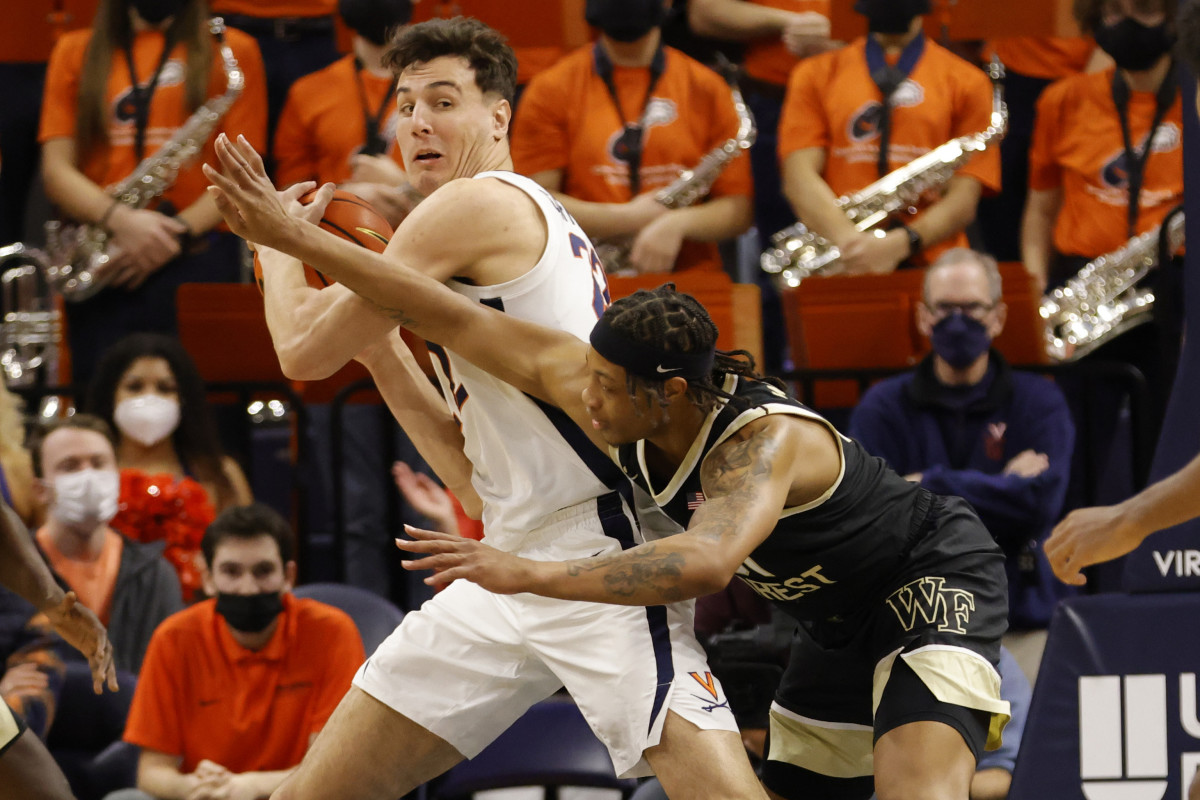
Because of how explosive of a season he had, it can be easy to forget how sharp Williams actually is defensively as well. Because of his overpowering strength, speed, balance, and size, Williams can actually guard four different positions (PG, SG, SF, PF) and has continuously improved his game defensively as he’s climbed his way up in college.
But what makes Williams such a promising defender for any NBA team he’ll play for comes down to his toughness and physicality. Williams really knows how to latch on to his opponents and doesn’t leave much space for breathing room to create shots off the dribble. After only gathering 28 steals in two seasons for Oklahoma, Williams had himself 42 for Wake Forest last season. His active approach and anticipation make him a challenging defender to up against, particularly on the perimeter.
Upside
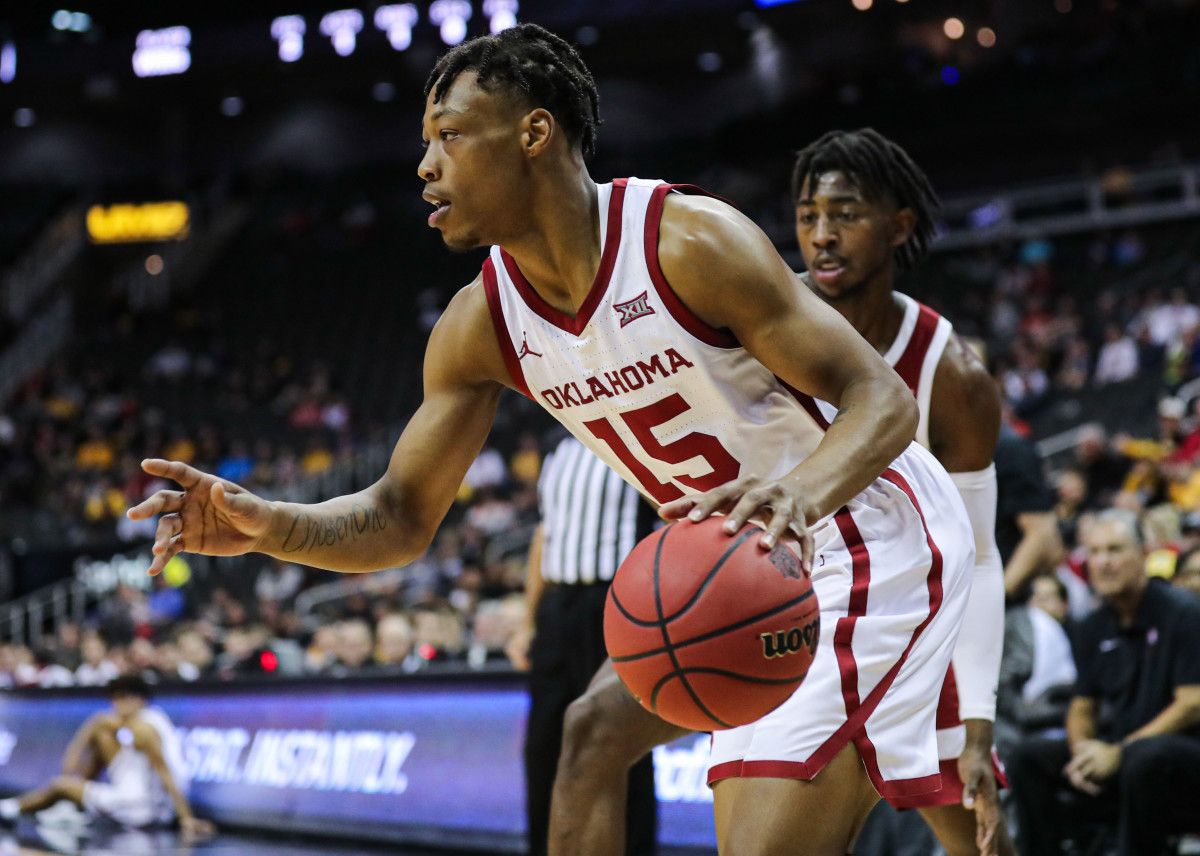
When it comes to potential, Williams did take time to really come into his own. At age 22 (soon to be 23 on June 19th), Williams doesn’t come with the biggest ceiling but did build up plenty of experience by playing for three different programs in five collegiate seasons.
Because Williams is a late bloomer, some teams could veer away from wanting to draft him, even in the second round. But on the contrary, you can also argue that the experience Williams did accumulate allowed him to hit his stride just at the right time, with his big season at Wake Forest only being the start of something far greater to come.
Can confirm: Alondes Williams is a BUCKET 🎩@WakeMBB #PackerAndDurham pic.twitter.com/VHUZDB70KC
— ACC Network (@accnetwork) December 20, 2021
Downside
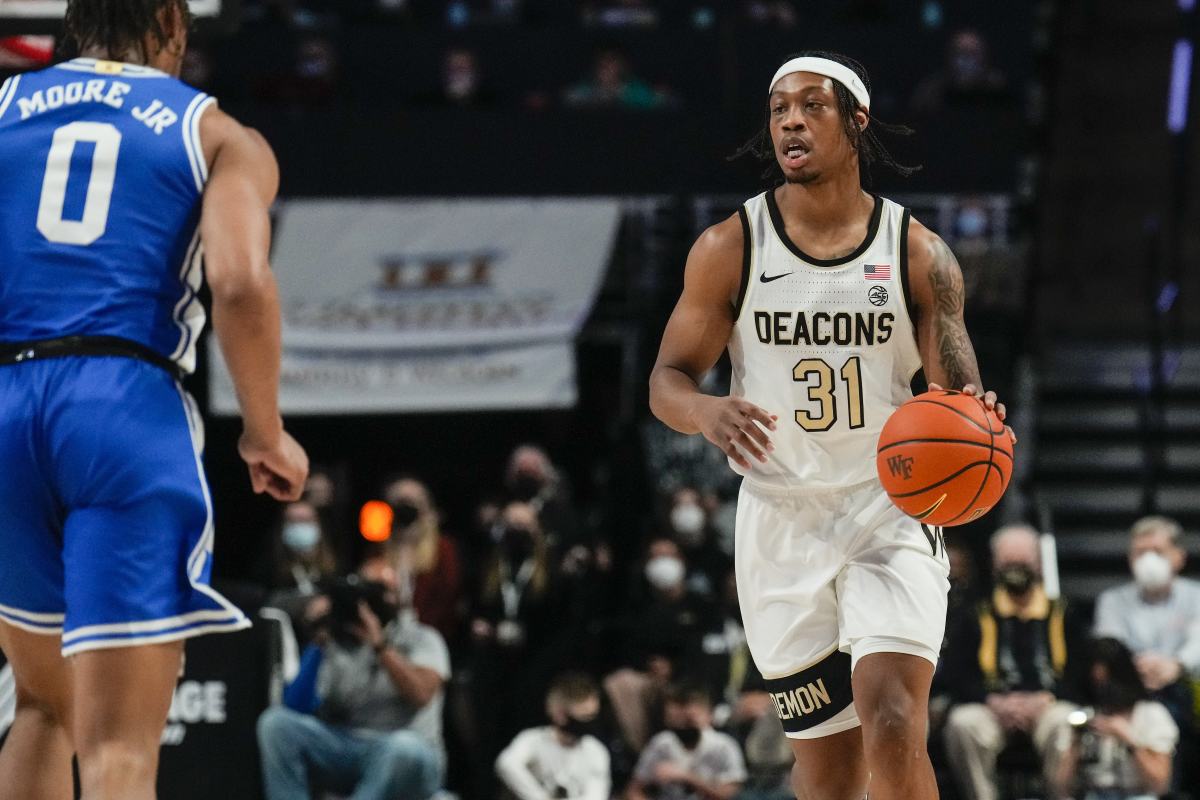
Despite being as well-rounded and exciting of a player as he is, Williams does come with his share of question marks that make him a bit of a risky prospect. The first is his poor 3PT shooting and his lack of efficiency from the free throw line. In all three seasons he played on the Division I level, Williams shot only 27% from behind the arc. And after coming off a promising finishing display from the free throw line in his last season with Oklahoma (83.9%), Williams’ efficiency from the stripe dropped down to 69.1%.
To make matters somewhat worse, Williams was averaging 3.6 turnovers per game at Wake Forest, an issue that could prove to be problematic in the NBA. These aren’t unfixable issues by any means. But Williams will need to polish both of those areas immensely before entering the league.
THIS DUNK FROM ALONDES WILLIAMS 😮⁰⁰@OU_MBBall | #MarchMadness pic.twitter.com/q7j8dou3WW
— NCAA March Madness (@MarchMadnessMBB) March 21, 2021
Recommended For You
What Hawks Fans Can Expect with 16th Overall Pick
